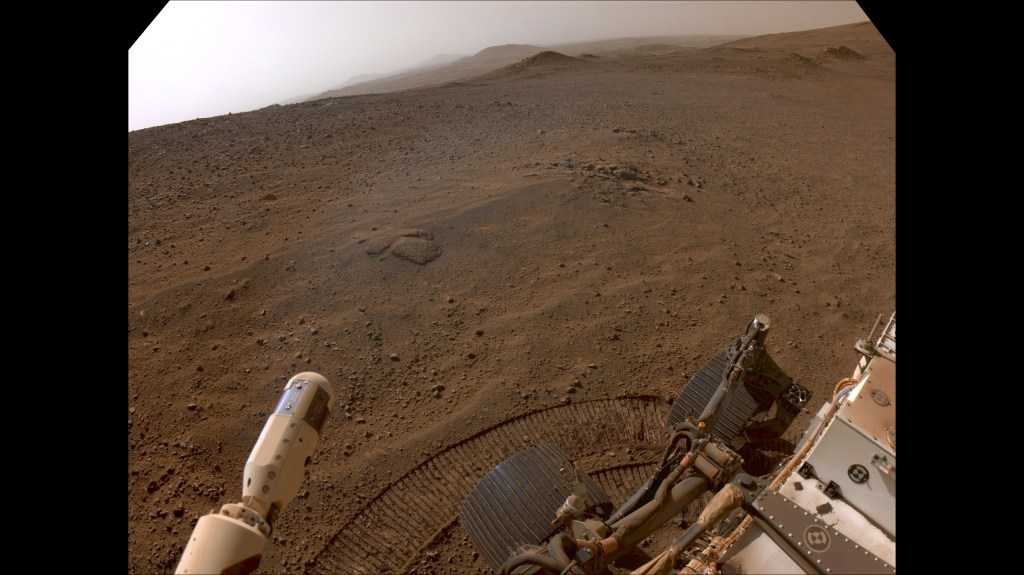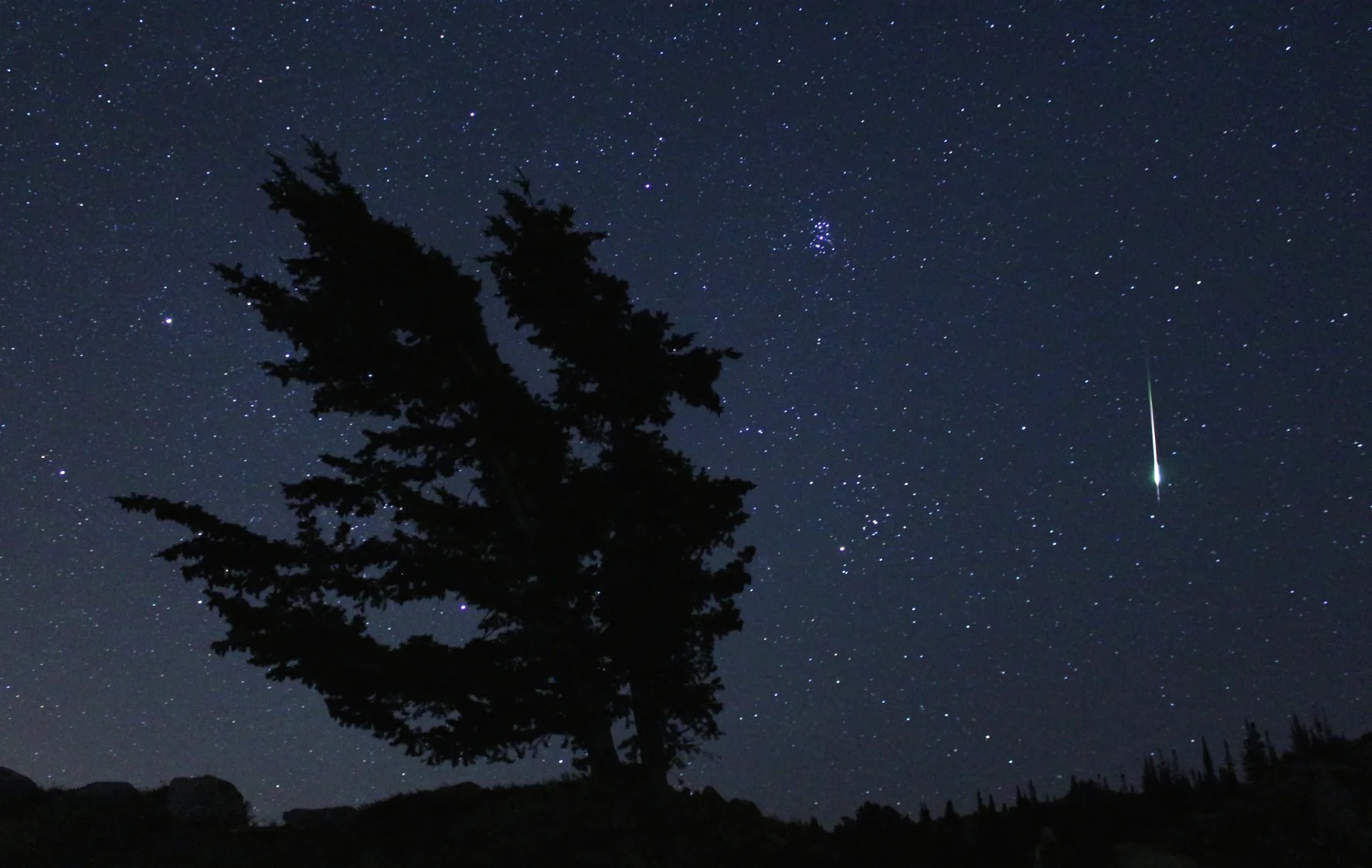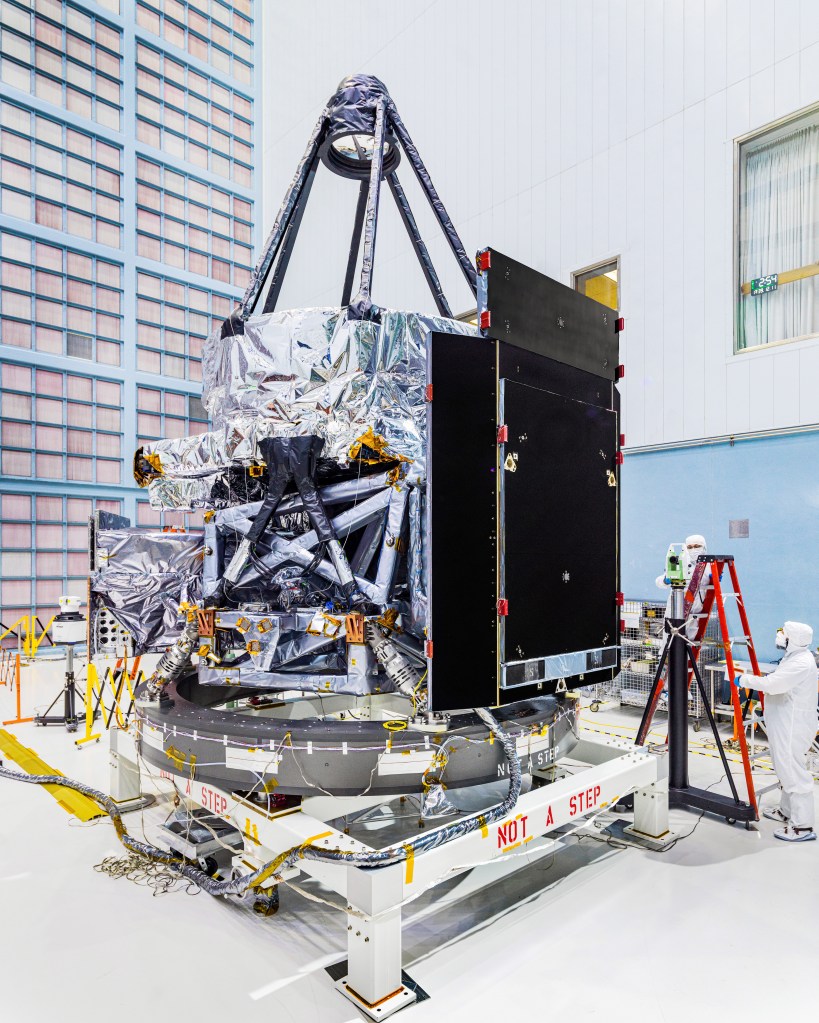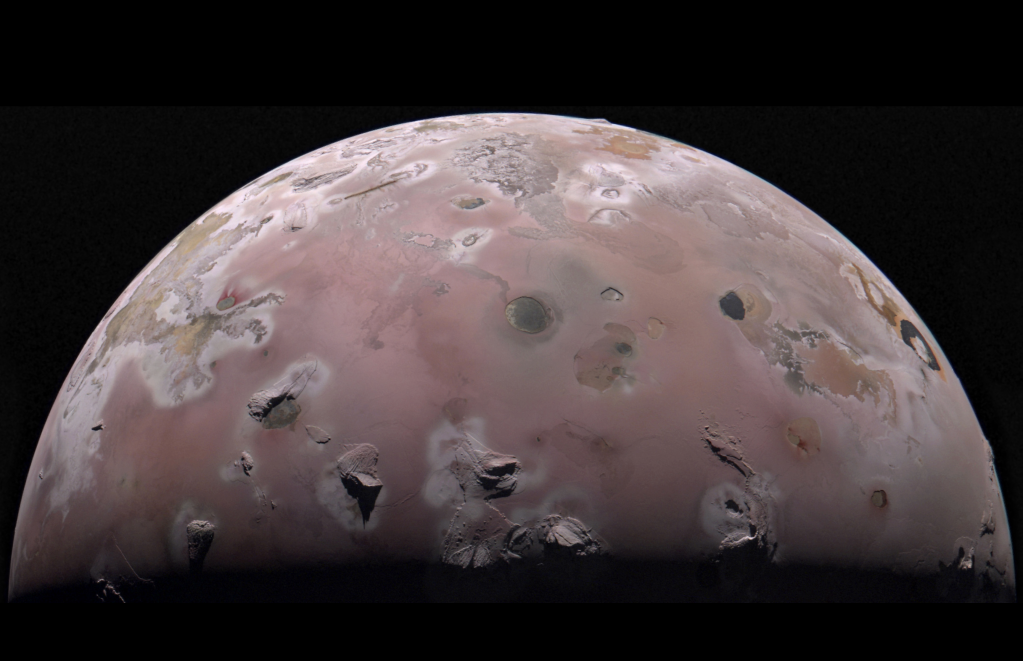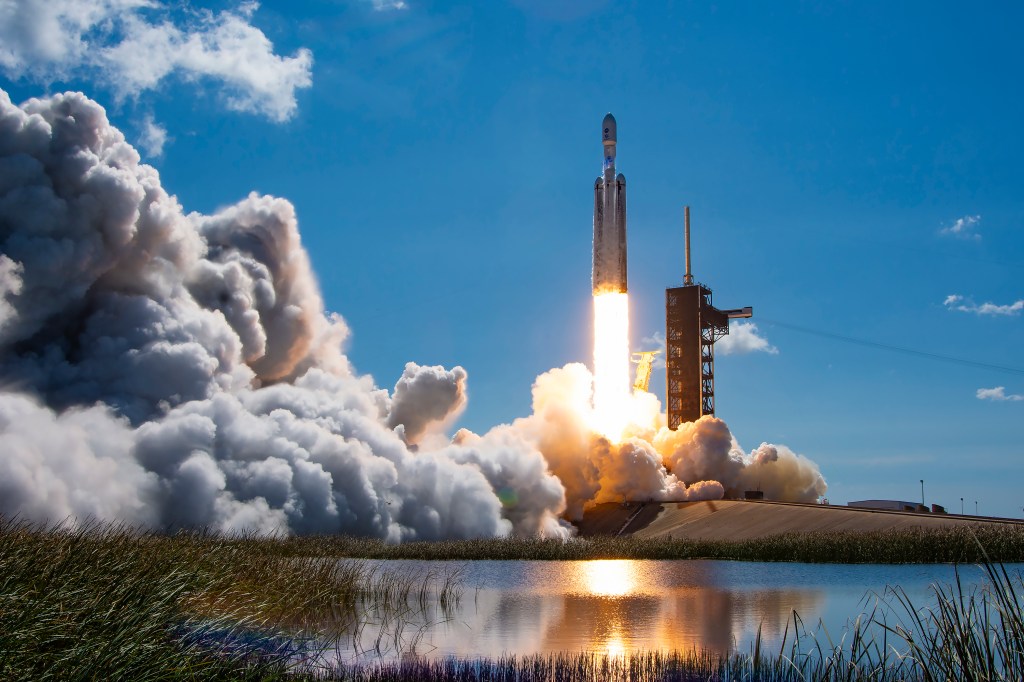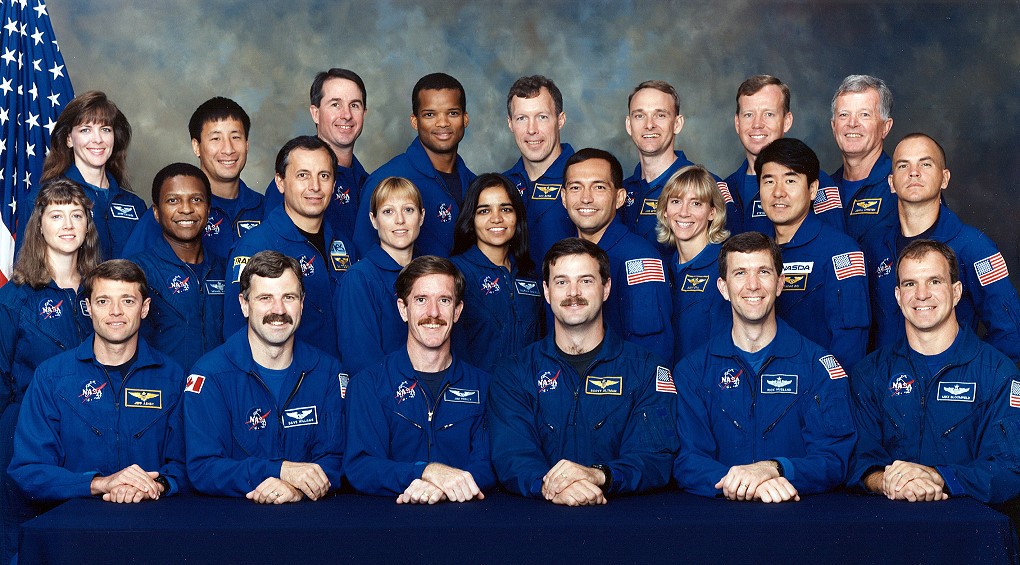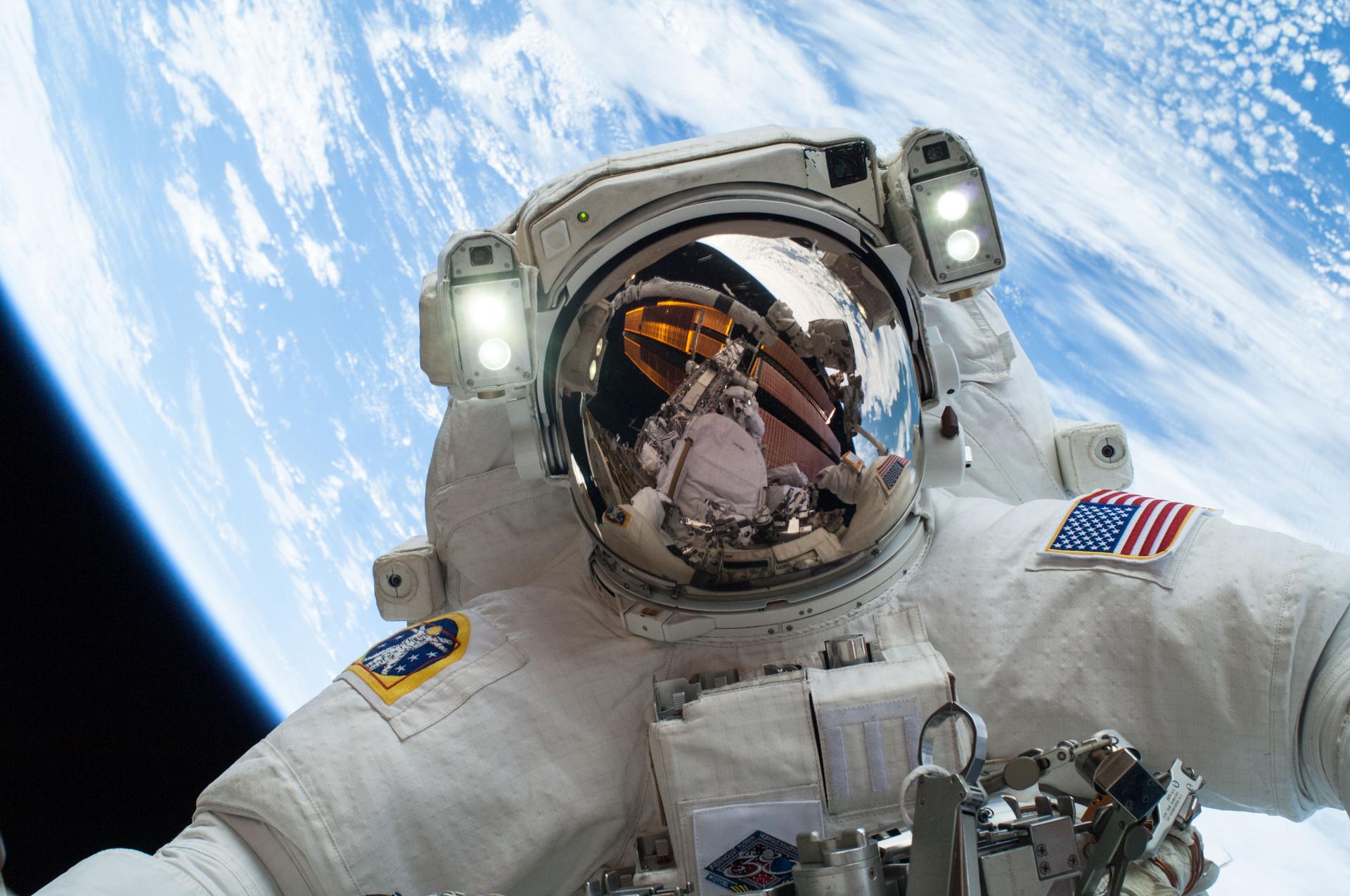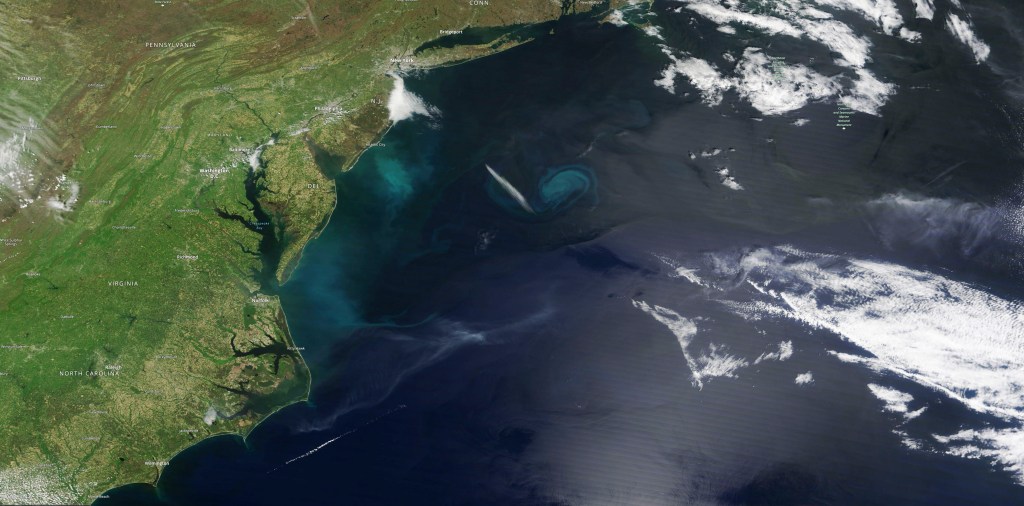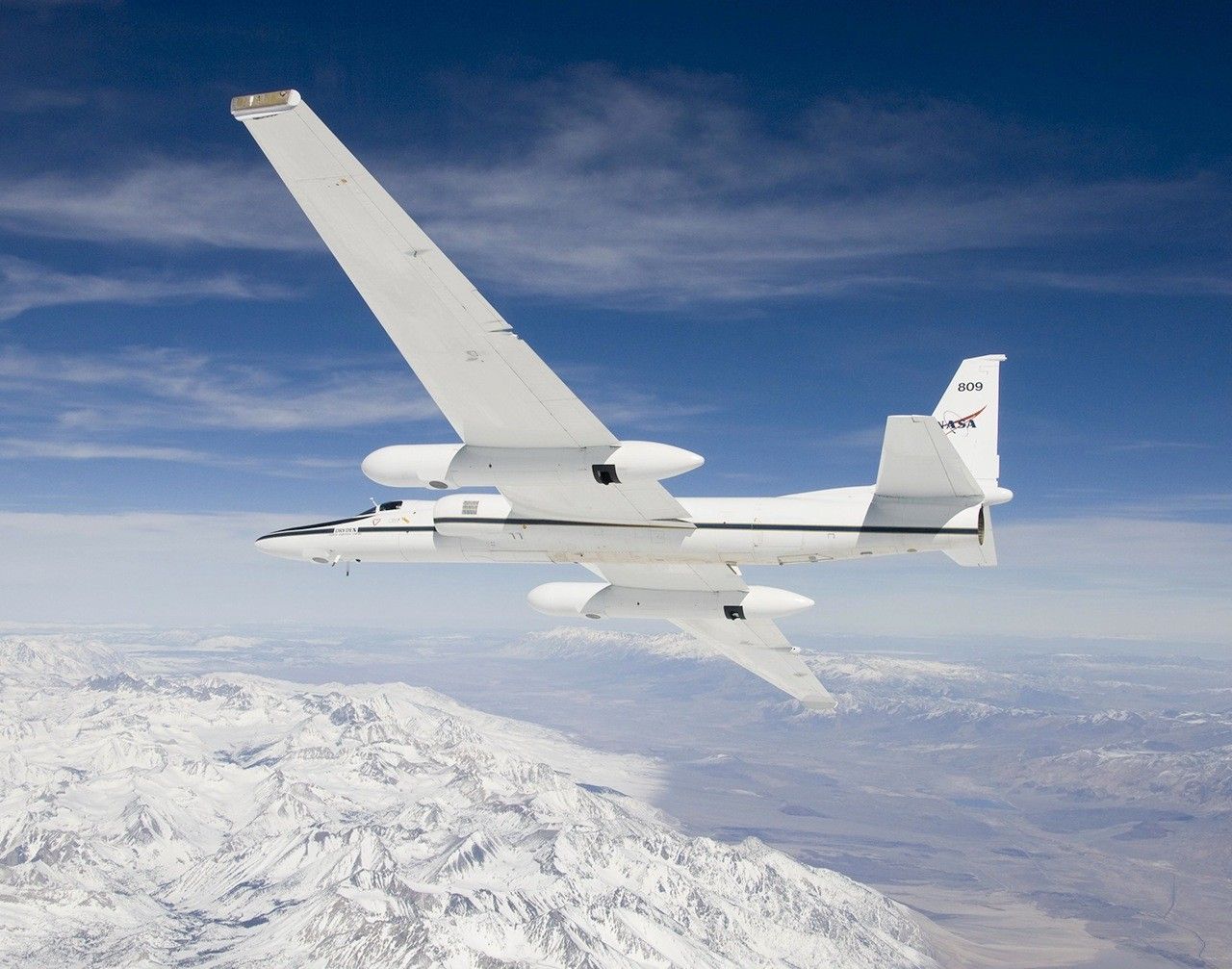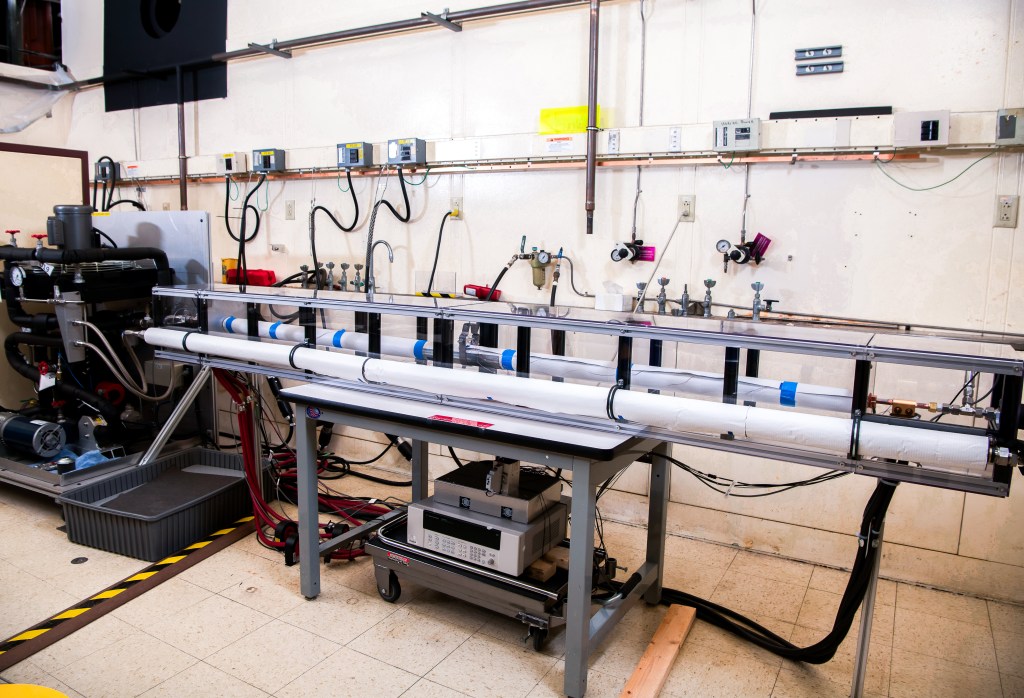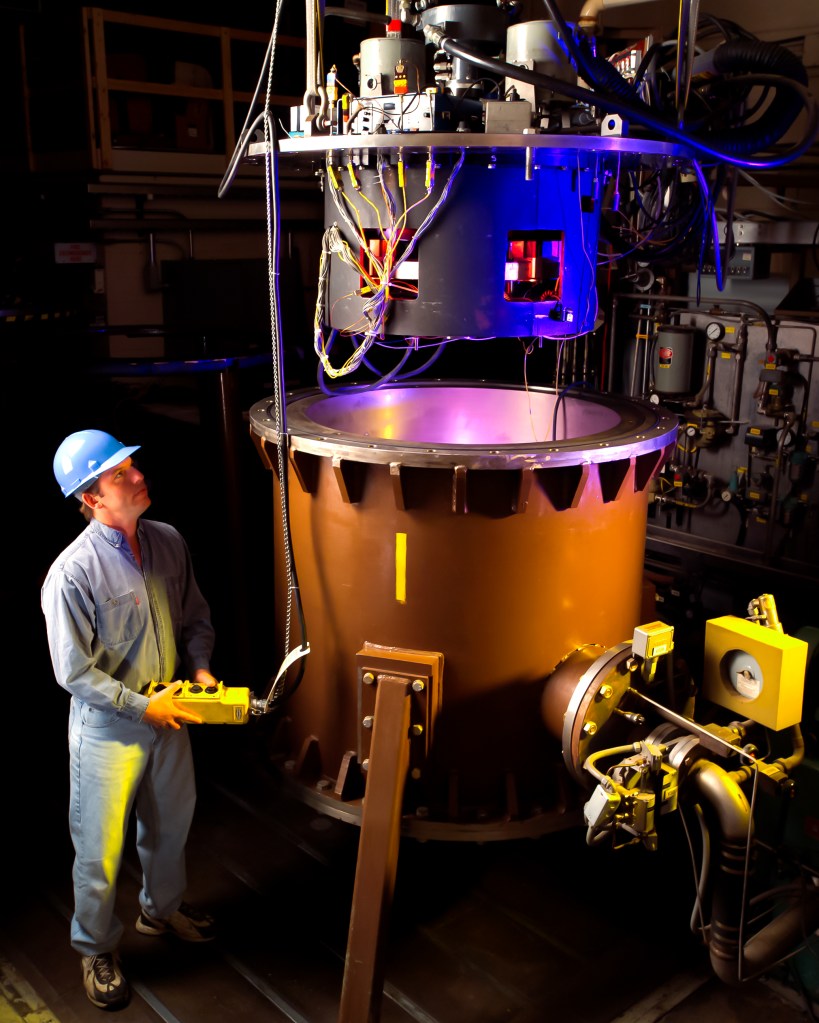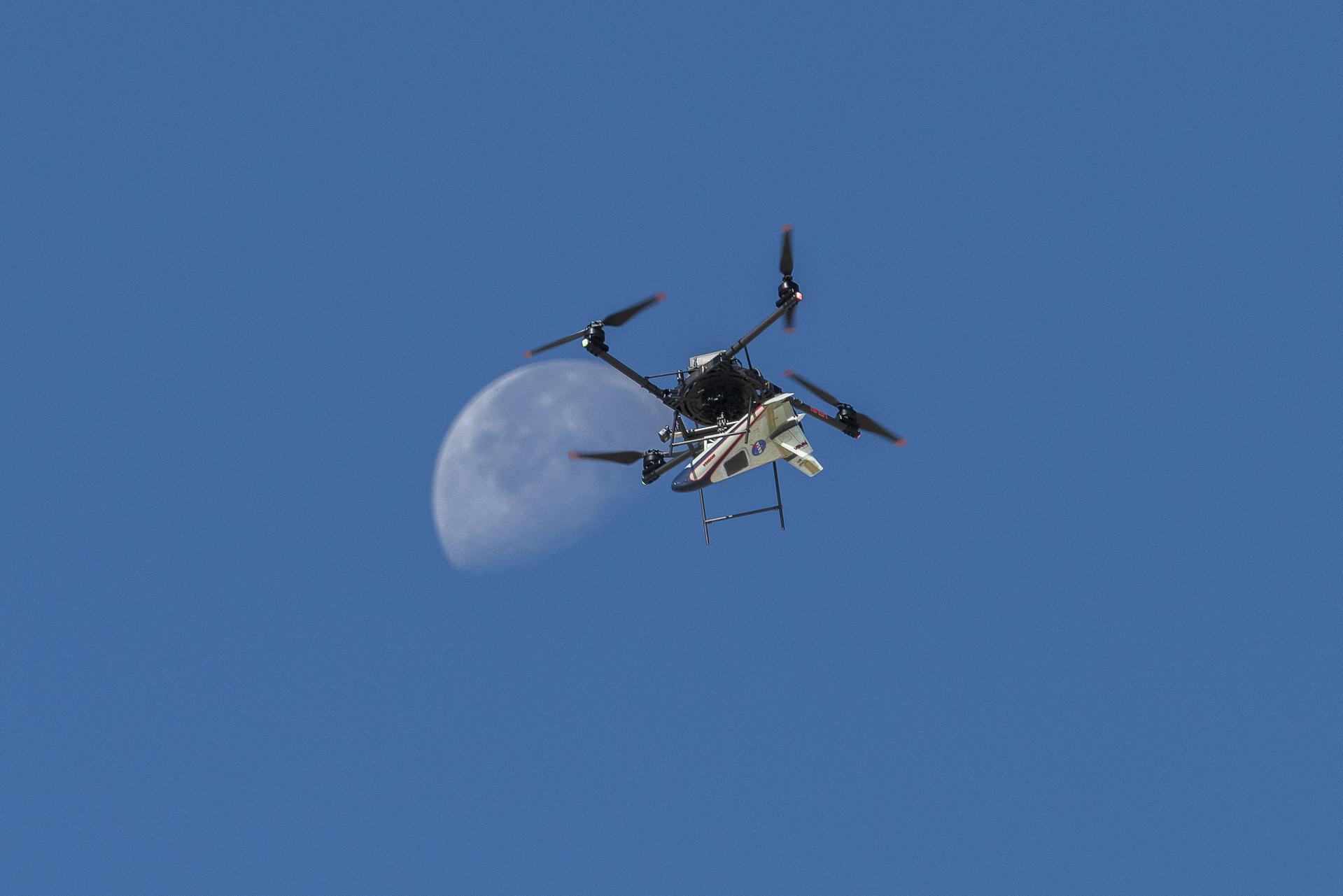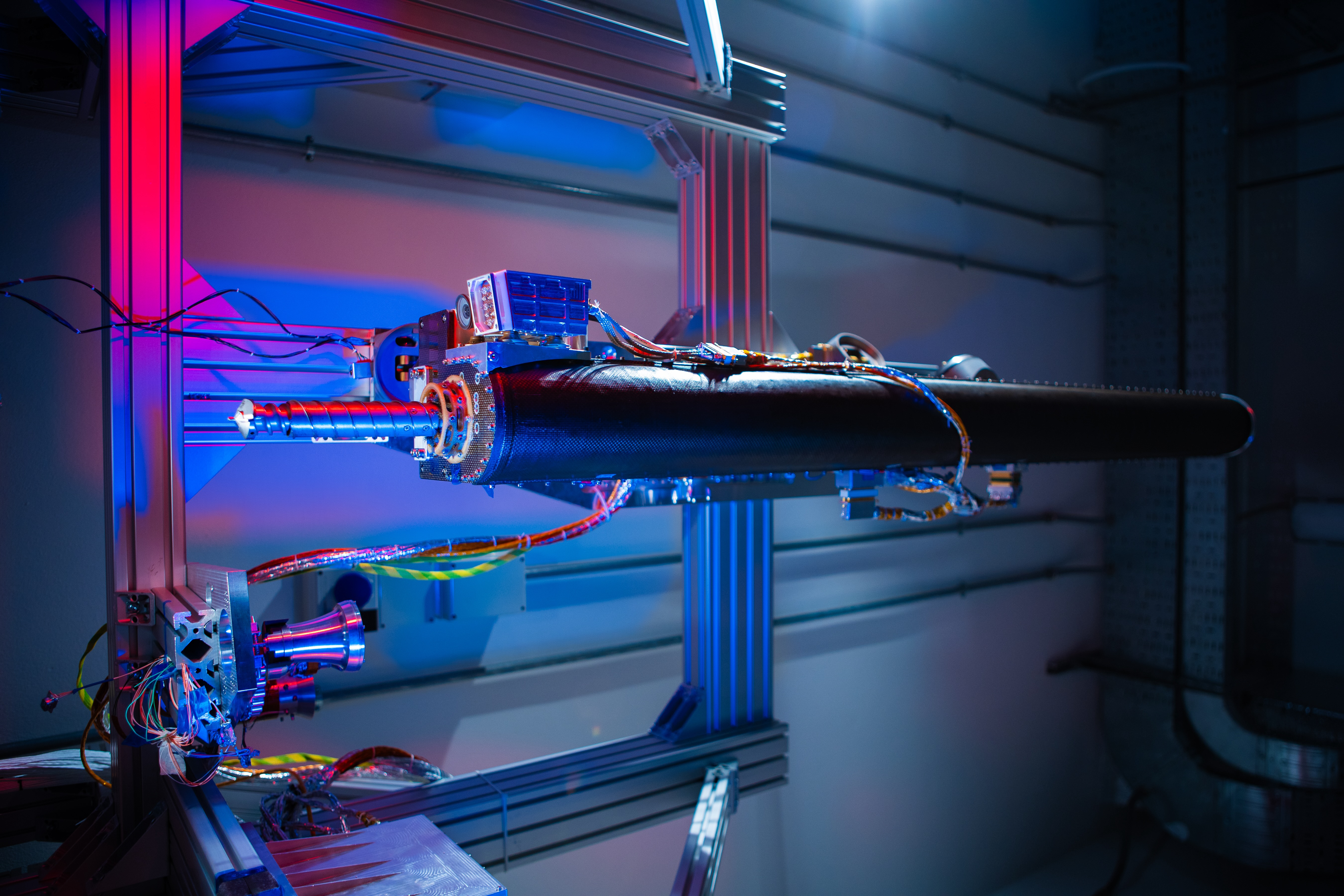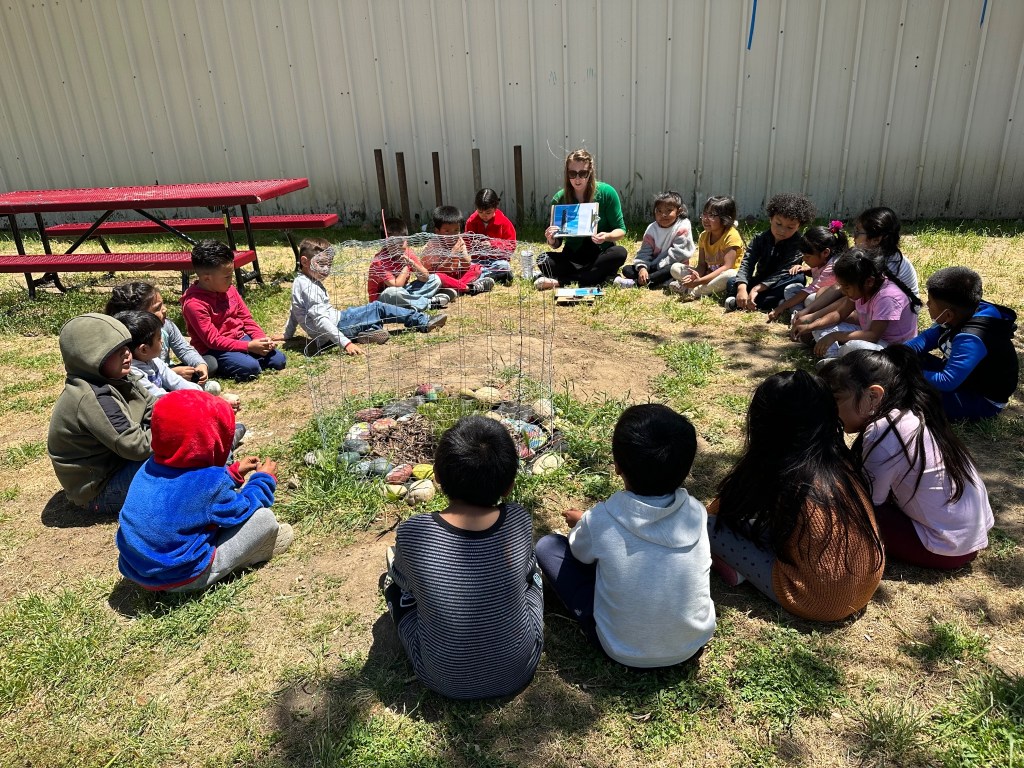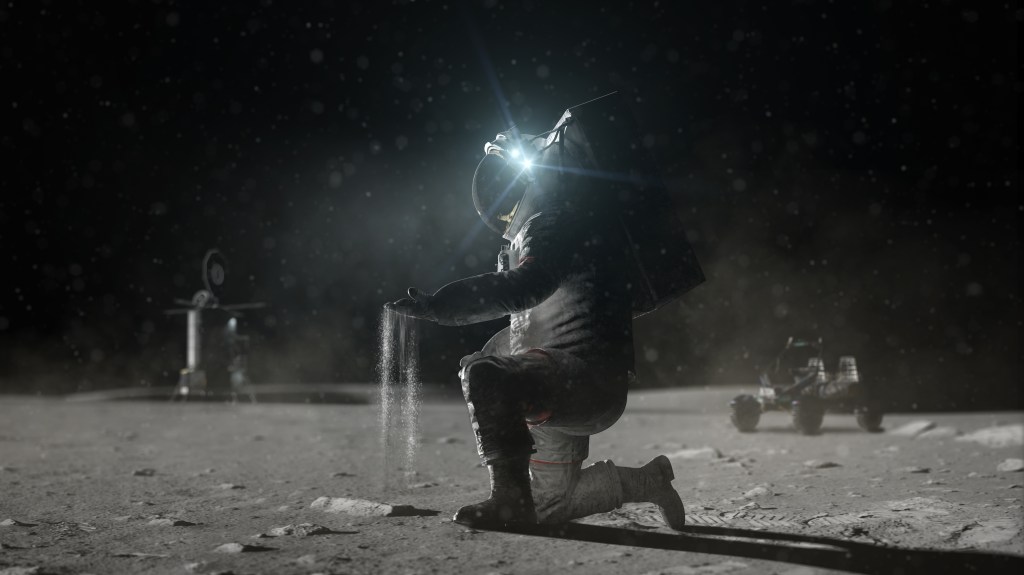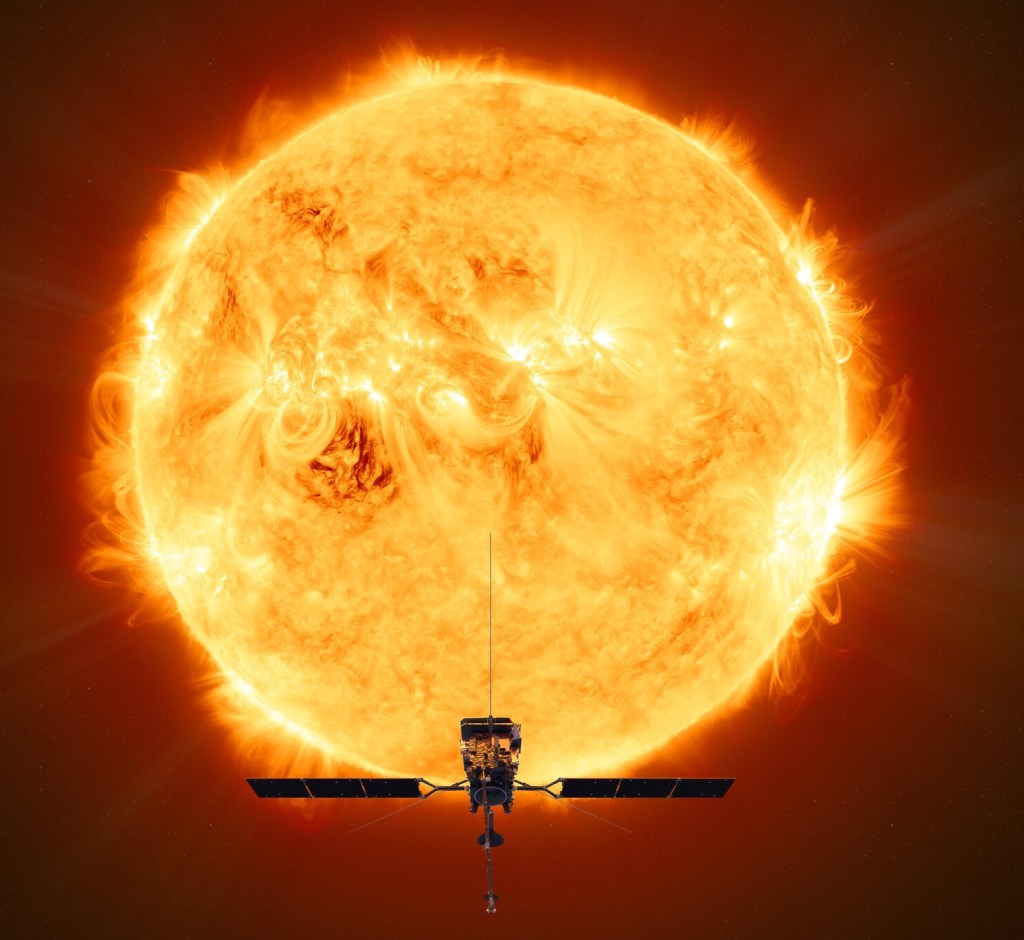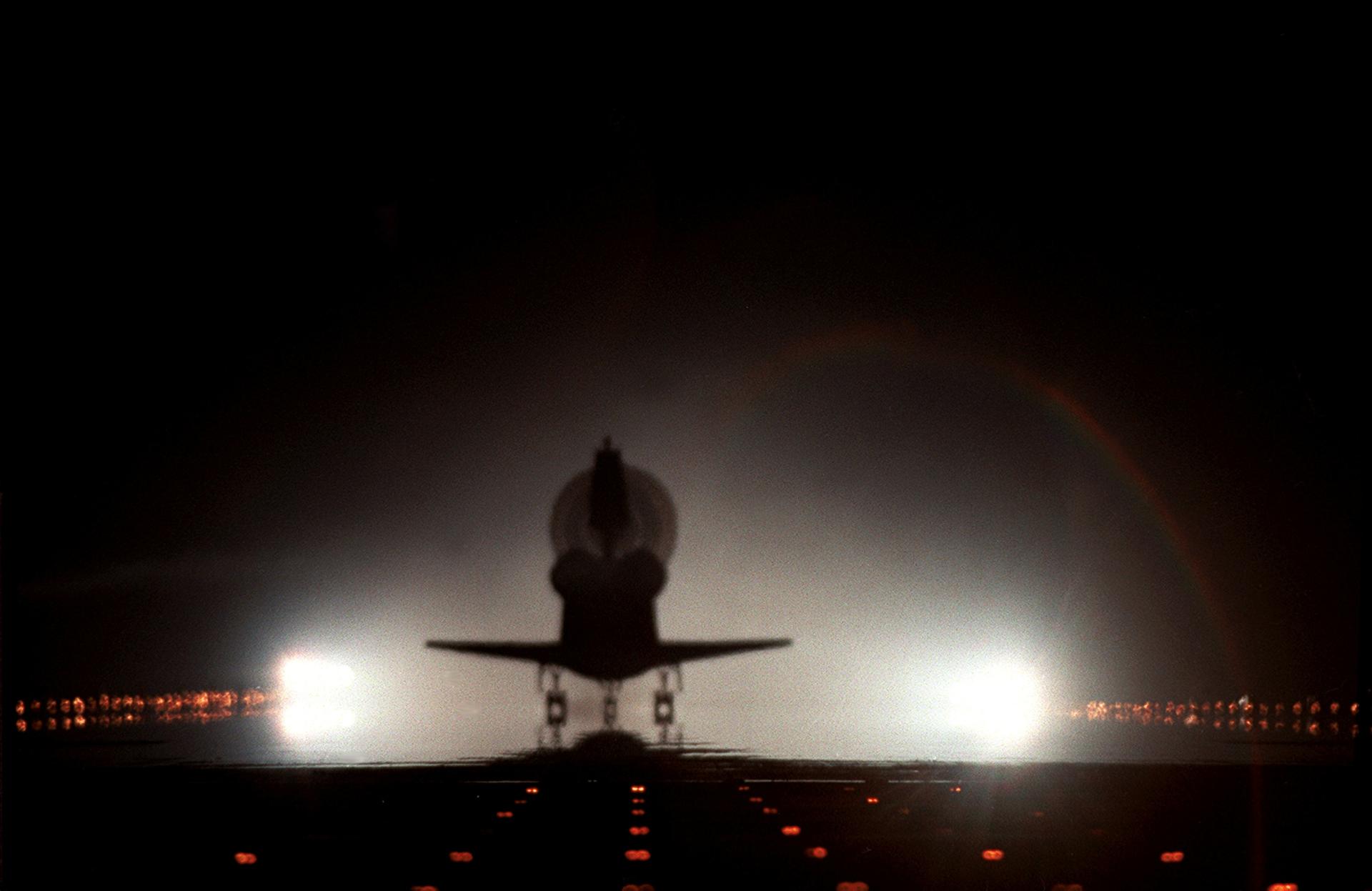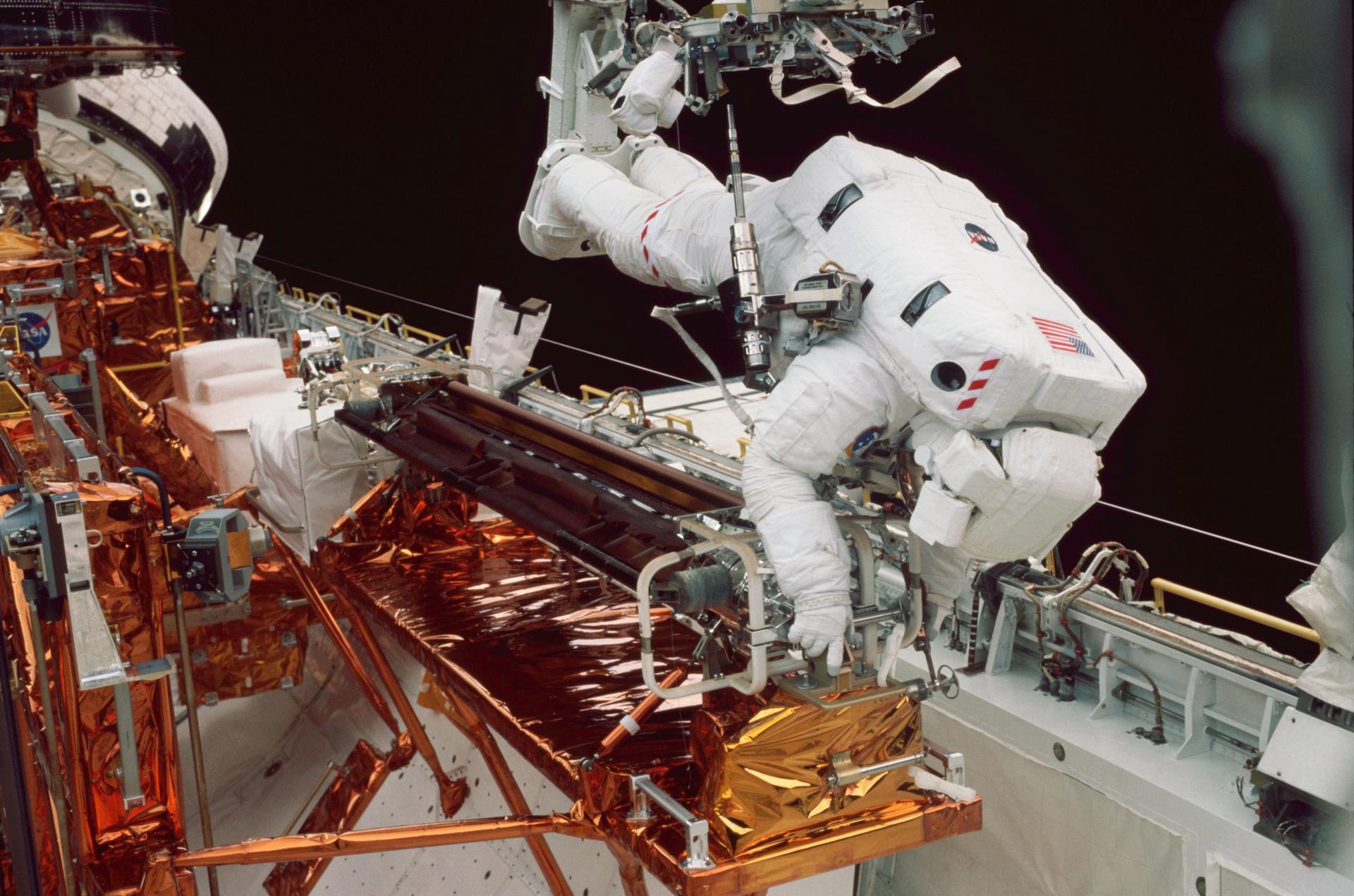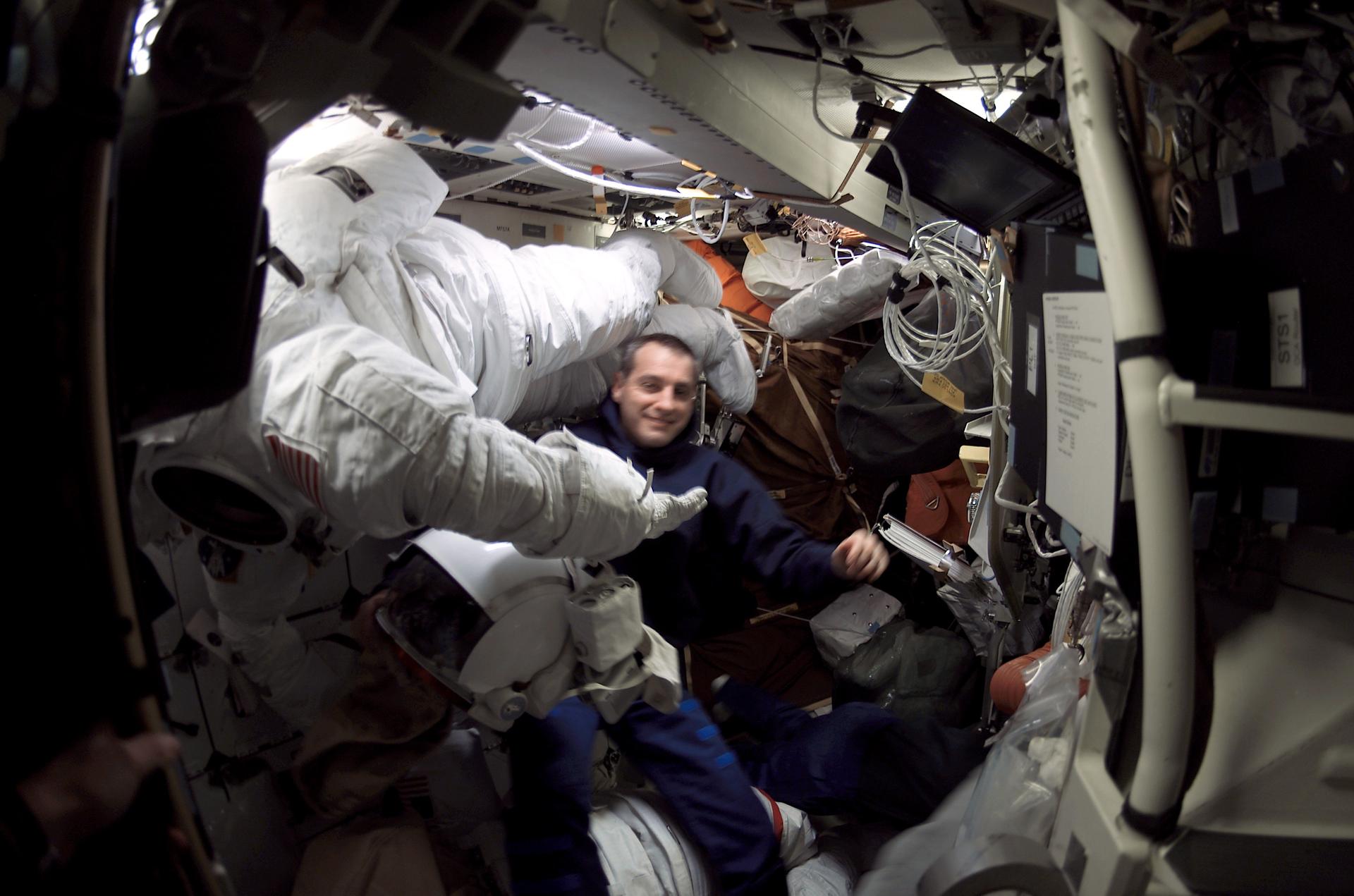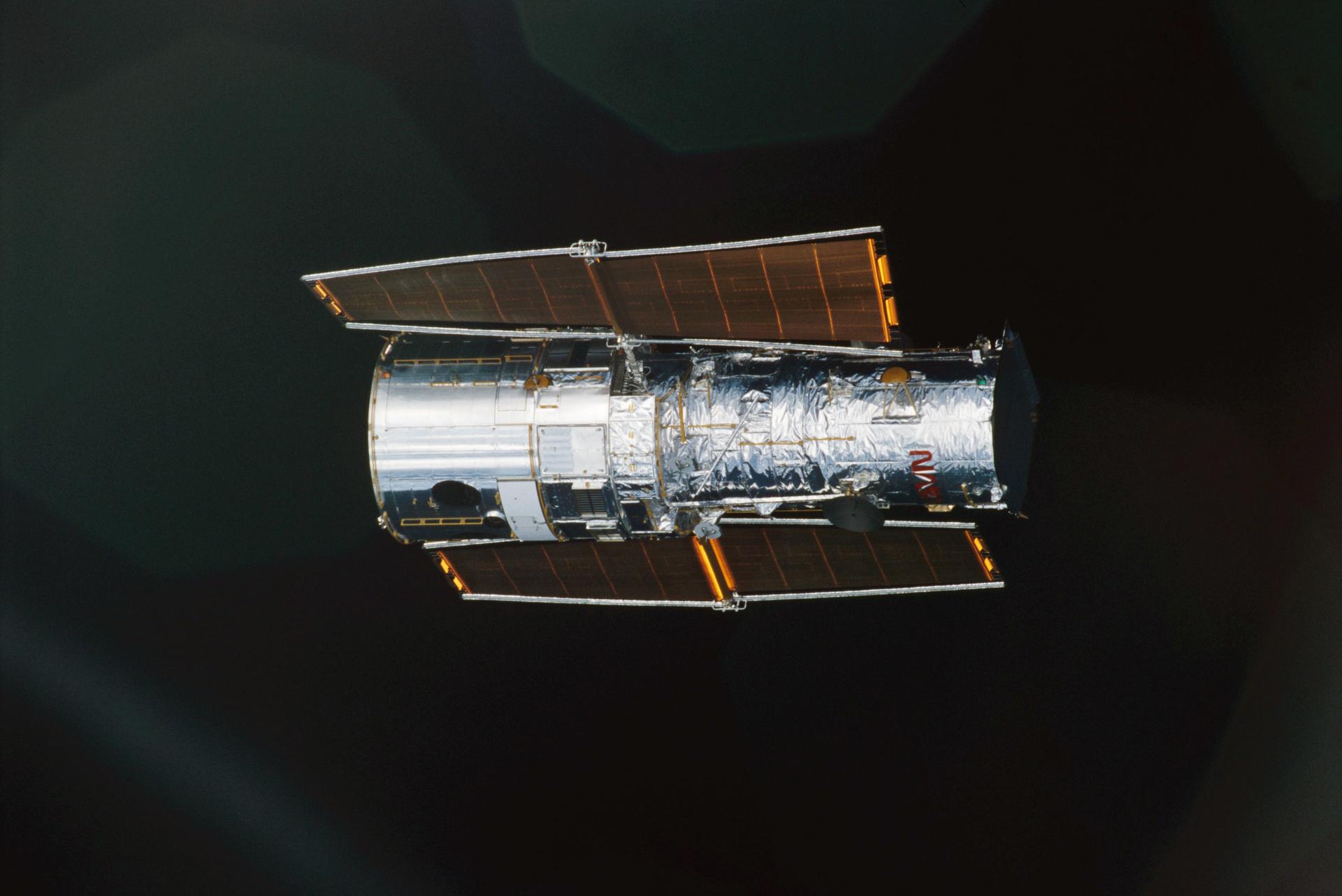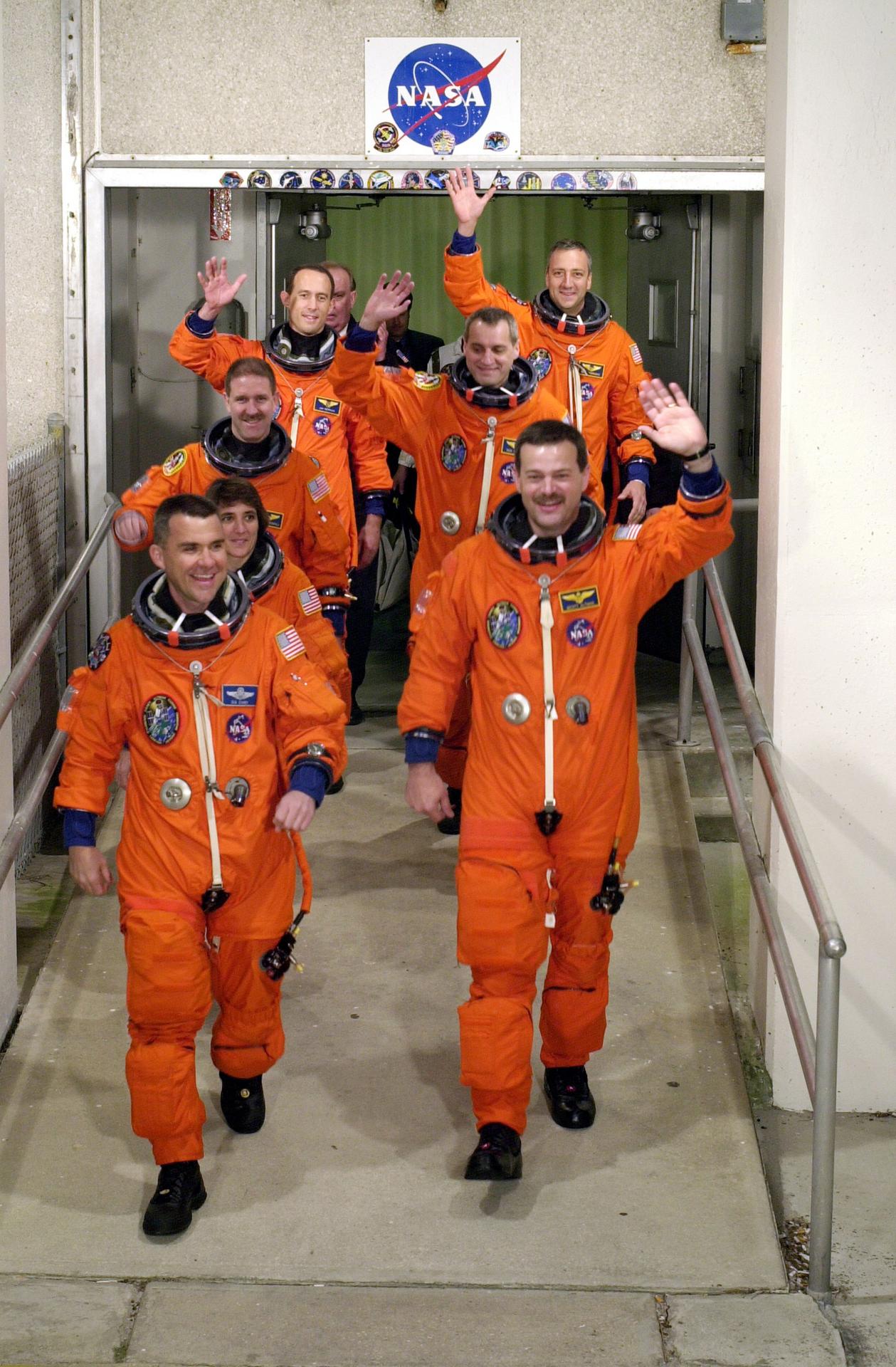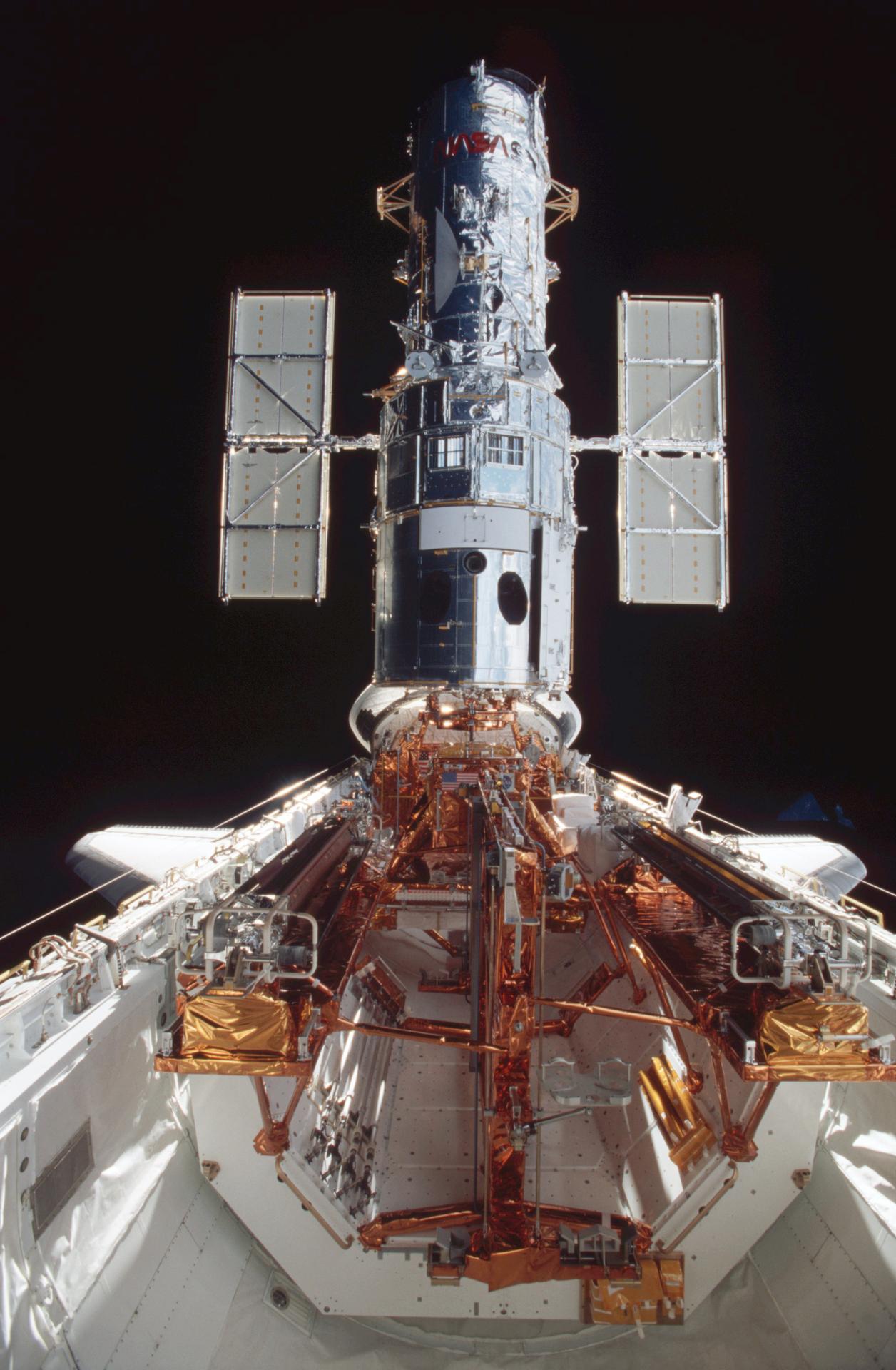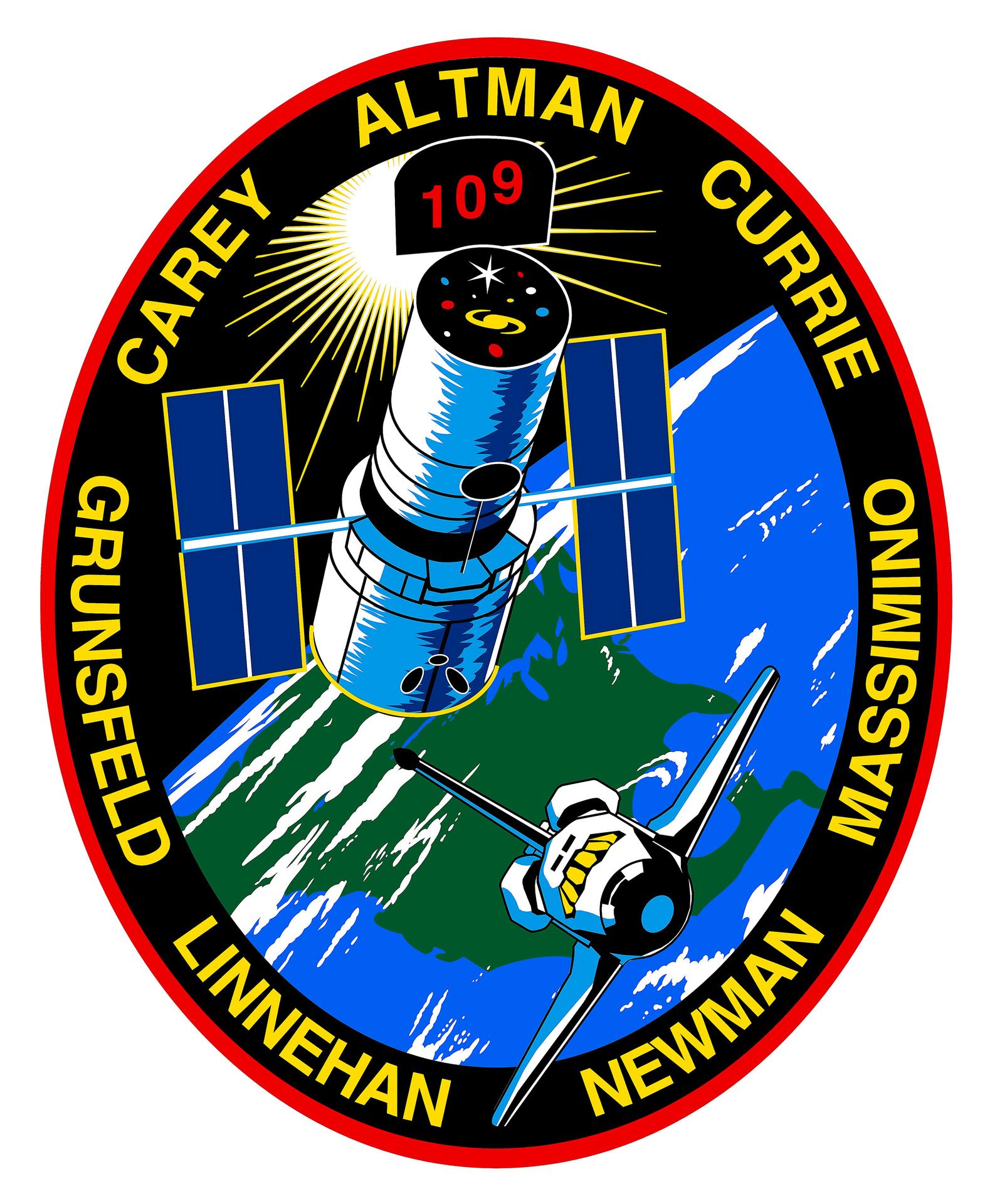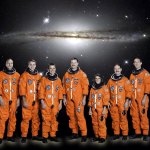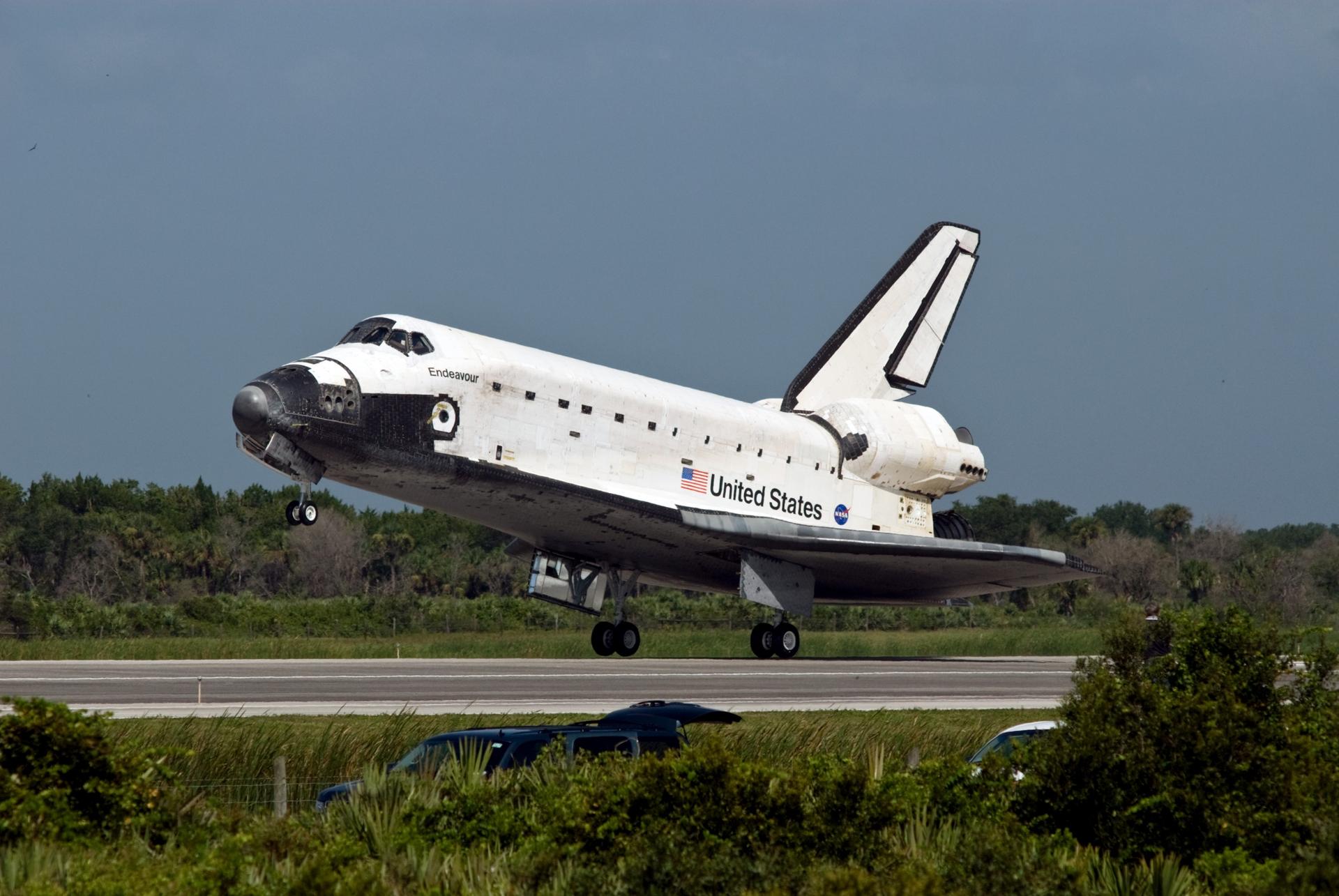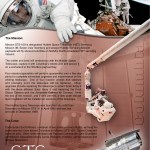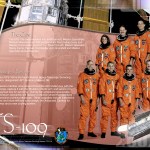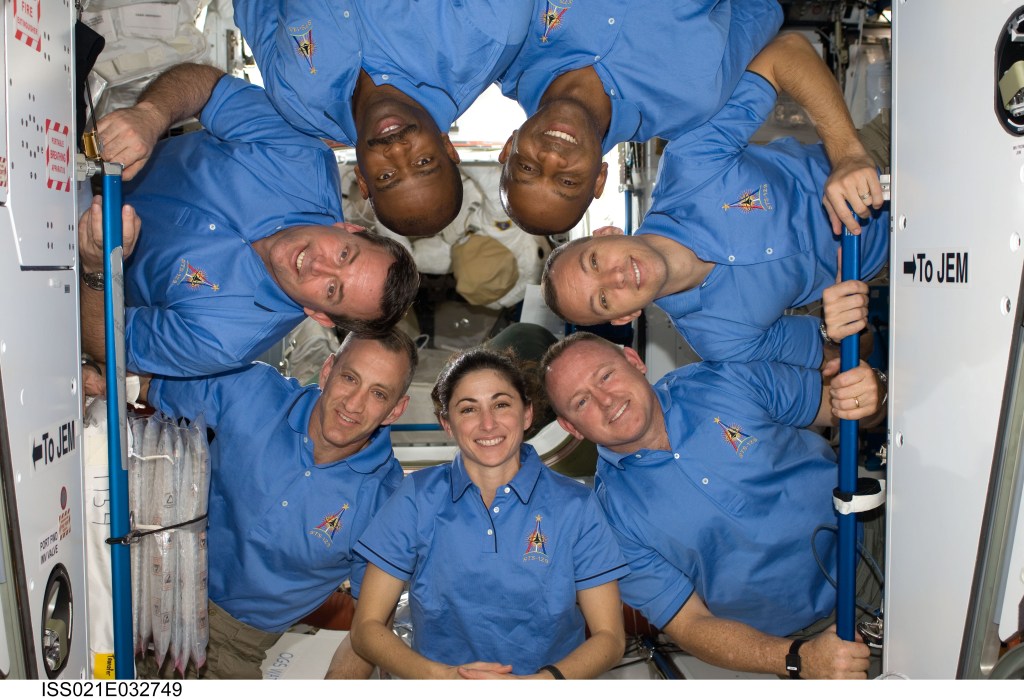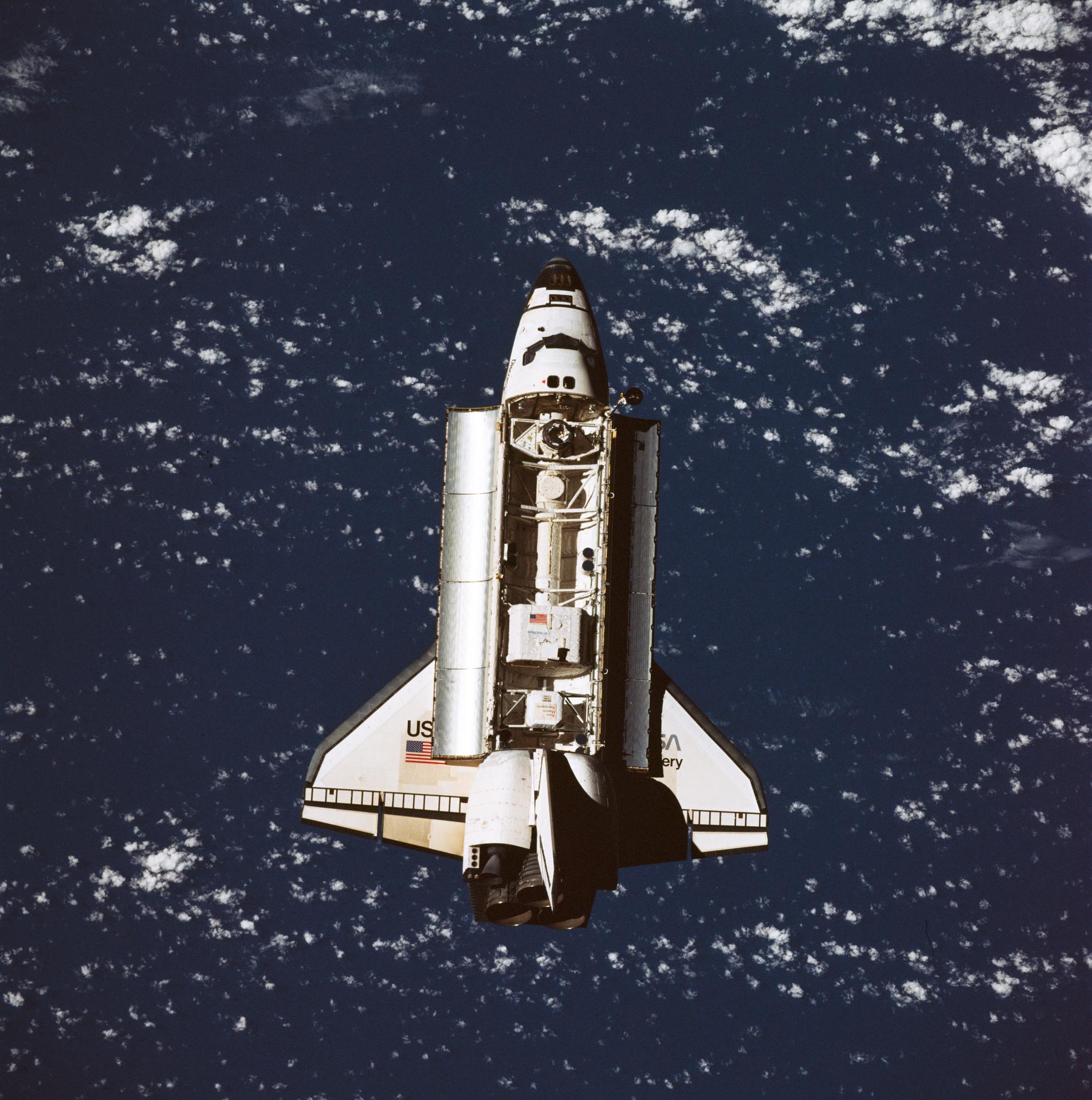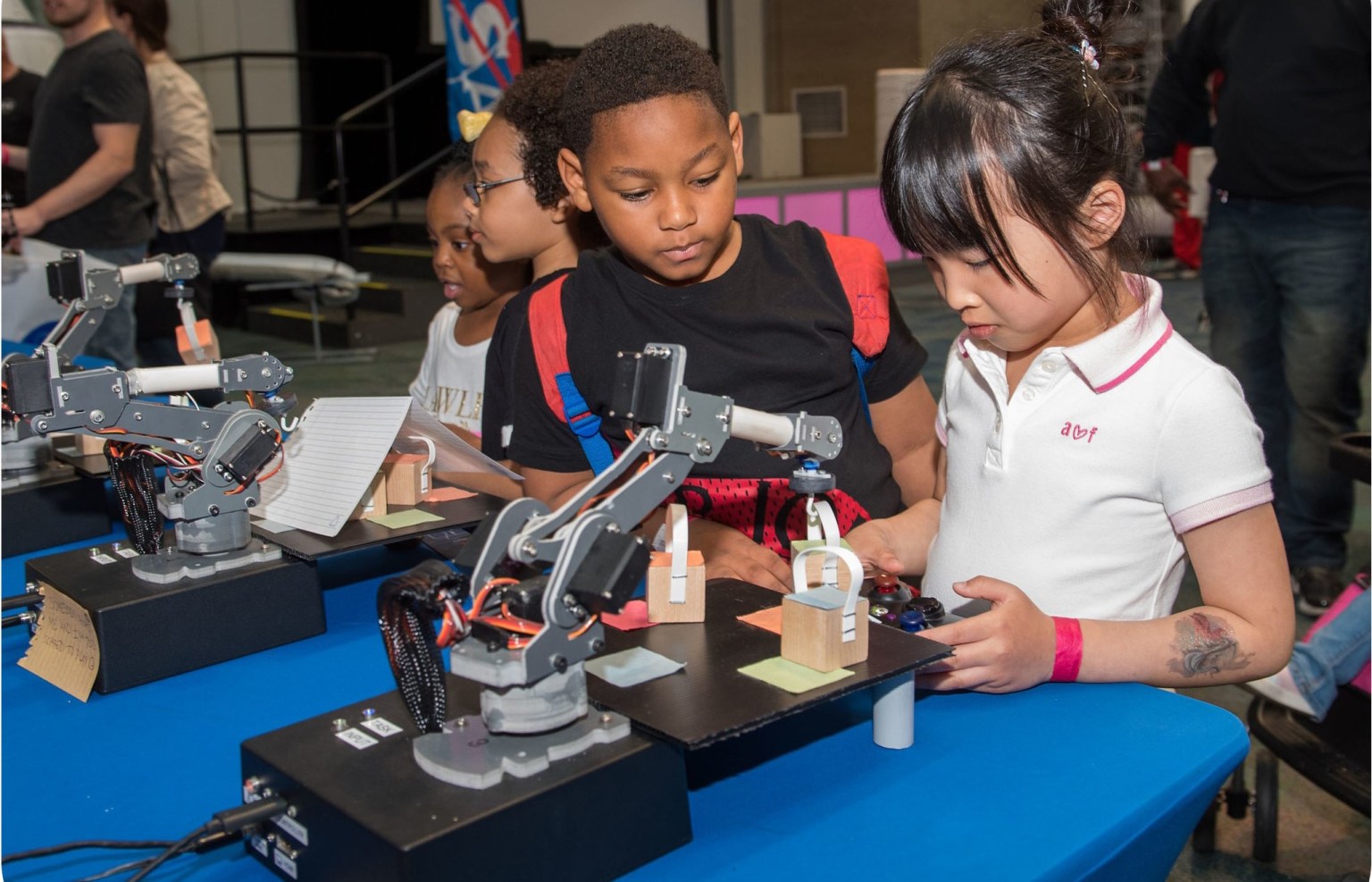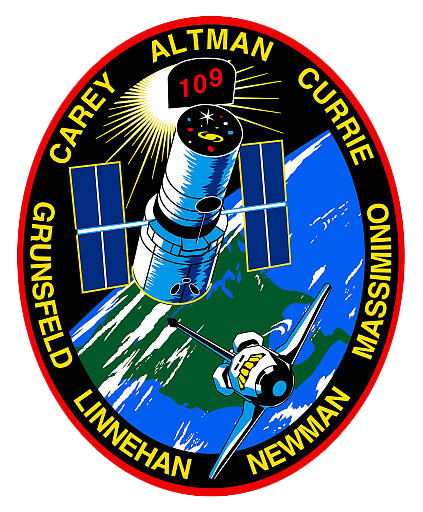
STS-109
Hubble Space Telescope Servicing Mission (SM3B)
orbiter
mission duration
Launch
Landing
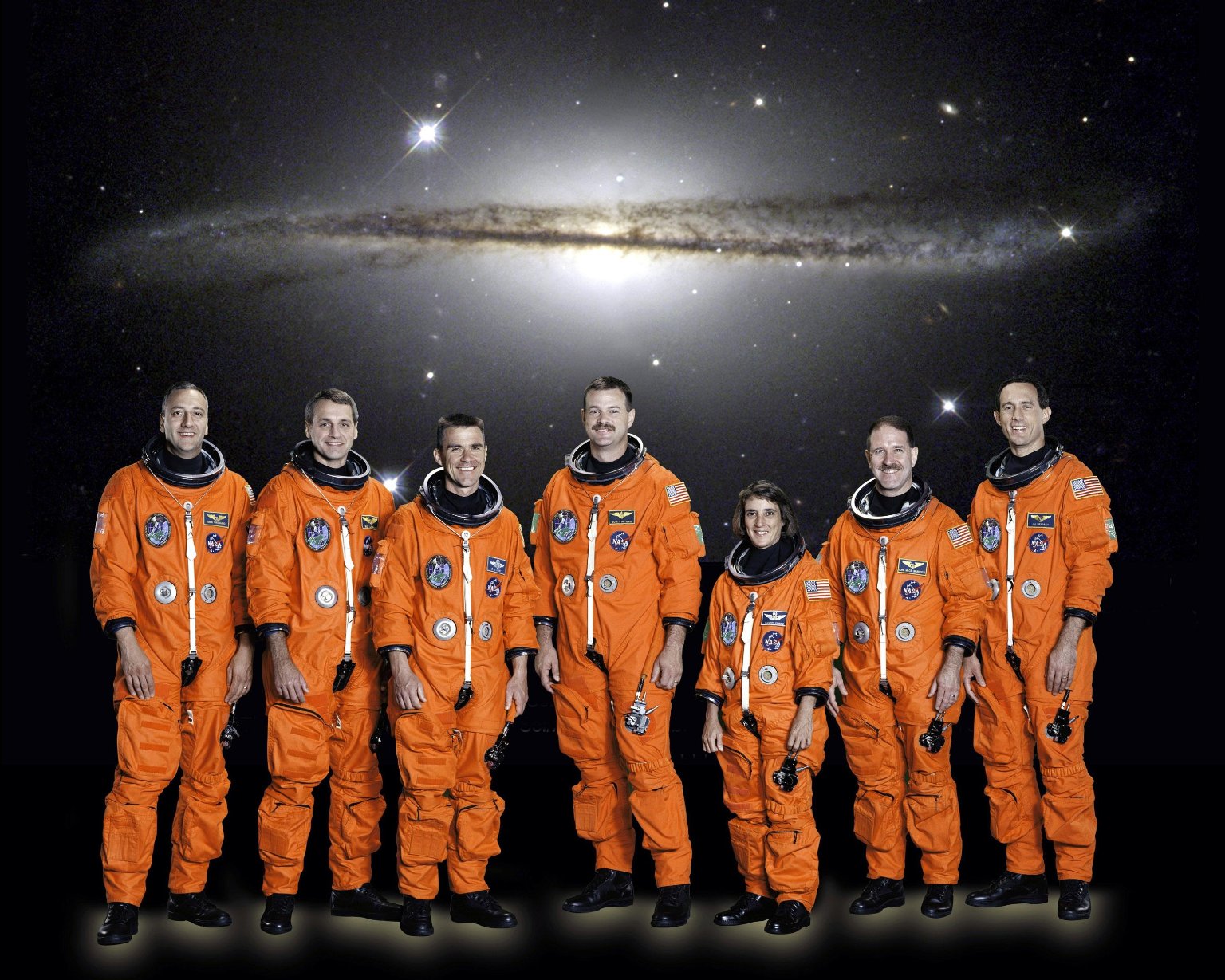
STS-109 Mission Facts
Mission: Hubble Space Telescope Servicing Mission (SM3B)
Space Shuttle: Columbia
Launch Pad: 39A
Launched: March 1, 2002, 6:22 a.m. EST
Landing Site: Kennedy Space Center, Florida
Landing: March 12, 2002, 4:33:05 a.m. EST
Runway: 33
Rollout Distance: 10,119 feet
Rollout Time: 77 seconds
Revolution: 165
Mission Duration: 10 days, 22 hours, 11 minutes and 9 seconds
Miles Traveled: 3.9 million
Crew
Scott D. Altman, Commander
Duane G. Carey, Pilot
John M. Grunsfeld, Payload Commander
Nancy J. Currie, Mission Specialist
James H. Newman, Mission Specialist
Richard M. Linnehan, Mission Specialist
Michael J. Massimino, Mission Specialist
Launch Highlights
Prior to tanking activities, the scheduled launch on February 28 was postponed 24 hours to March 1 when the launch weather forecast projected 38-degree temperature at the launch pad, which was at the margin of the acceptable limit in combination with the predicted wind speed and relative humidity. The forecast for a launch attempt on Friday called for a temperature approximately 10 degrees warmer. Waiting an additional 24 hours protected the option for two possible back-to-back launch opportunities for the launch team. Launch occurred without delay on March 1.
Mission Highlights
The 11-day mission rejuvenated the Hubble Space Telescope in a series of five spacewalks. After grasping the telescope and pulling it into the payload bay, the spacewalkers, assisted by Mission Specialist Nancy Jane Currie operating the shuttle’s robotic arm, installed new and improved equipment that gave the telescope more power, a new module to dispense the power, and a cameral able to see twice as much area, with more speed and clarity. They also installed an experimental cooling system in hope of restoring life to the Near-Infrared Camera and Multi-Object Spectrometer. Columbia performed perfectly.
EVA No. 1: 7 hours, 1 minute — Mission Specialists John Grunsfeld and Rick Linnehan removed the old starboard solar array from Hubble and installed in its place a new third-generation solar array. The two spacewalkers were maneuvered around Columbia’s payload bay and Hubble telescope by the shuttle’s robotic arm, manipulated by Mission Specialist Nancy Currie. From the aft flight deck of Columbia, astronauts Michael Massimino and James Newman assisted the spacewalkers throughout their tasks. The old solar array was stored in Columbia’s payload bay for return to Earth and evaluation of its nine-year performance.
EVA No. 2: 7 hours, 16 minutes — Mission Specialists Newman and Massimino installed a new port solar array and a new Reaction Wheel Assembly on Hubble after removing the old solar array. Again, the spacewalkers used the robotic arm to get to and from the worksite. Newman and Massimino also had time to install a thermal blanket on Bay 6, door stop extensions on Bay 5, and foot restraints to prepare for the third spacewalk by Grunsfeld and Linnehan. Testing two bolts on the telescope’s aft shroud doors, they determined that bottom two bolts required replacement and they completed that task.
During the spacewalk Commander Altman and Pilot Carey documented the activity using television and still-photo cameras.
EVA No. 3: 6 hours, 48 minutes — A water leak in Grunsfeld’s spacesuit delayed the start of the third EVA. After swapping the upper portion of the suit, he and Linnehan began work to replace the original, 12-year-old Power Control Unit with a new one capable of handling the extra 20 percent of power output being generated from the newly installed solar panels.
For the first time since its launch, Hubble was powered down by controllers at the Space Telescope Operations Control Center, Greenbelt, Maryland. Linnehan first removed 30 of 36 connectors on the old PCU then switched places with Grunsfeld to prepare the new PCU. Grunsfeld unhooked the remaining six connectors and eased the PCU from the telescope, carrying it to the payload bay. Mission Specialist Currie again worked the robotic arm to maneuver the spacewalkers. Grunsfeld then installed the new PCU on the telescope and connectors were mated an hour and a half later. An hour later the new PCU passed its aliveness test.
EVA No. 4: 7 hours, 18 minutes — Mission Specialists James Newman and Michael Massimino completed the first science instrument upgrade of the servicing mission by installing the Advanced Camera for Surveys — it replaced the original Faint Object Camera. Afterward, Massimino installed the Electronic Support Module, the first part of an experimental cooling system to be installed on EVA No. 5.
EVA No. 5: 7 hours, 32 minutes — On the final spacewalk, Mission Specialists Grunsfeld and Linnehan removed the NICMOS cryocooler from its carrier in the payload bay and installed it inside the aft shroud, connecting cables from the Electronics Support Module. They retrieved the Cooling System Radiator from the payload bay and installed it on the outside of Hubble. Linnehan fed the radiator wires through the bottom of the telescope to Grunsfeld, who connected them to NICMOS.
The Hubble Space Telescope was released from the grasp of Columbia’s robotic arm at 5:04 a.m. EST March 9. The series of spacewalks to install the new and upgraded equipment set a new record for a single shuttle mission with a total time of 35 hours, 55 minutes. The previous record was 35 hours, 28 minutes, set by STS-61, the first Hubble servicing mission.
After a successful launch, flight controllers in Mission Control noticed a degraded flow rate in one of two freon cooling loops that help to dissipate heat from the orbiter. After reviewing the loop’s performance, mission managers gave the crew a “go” to proceed with normal operations. The problem had no impact on any of the crew’s activities. Both cooling loops performed normally on de-orbit and landing.
Servicing Mission 3B
A new instrument, the Advanced Camera for Surveys increased Hubble's scientific abilities 10-fold, while its new solar arrays and power control unit increased its output by more than 20 percent.
Explore SM3B Details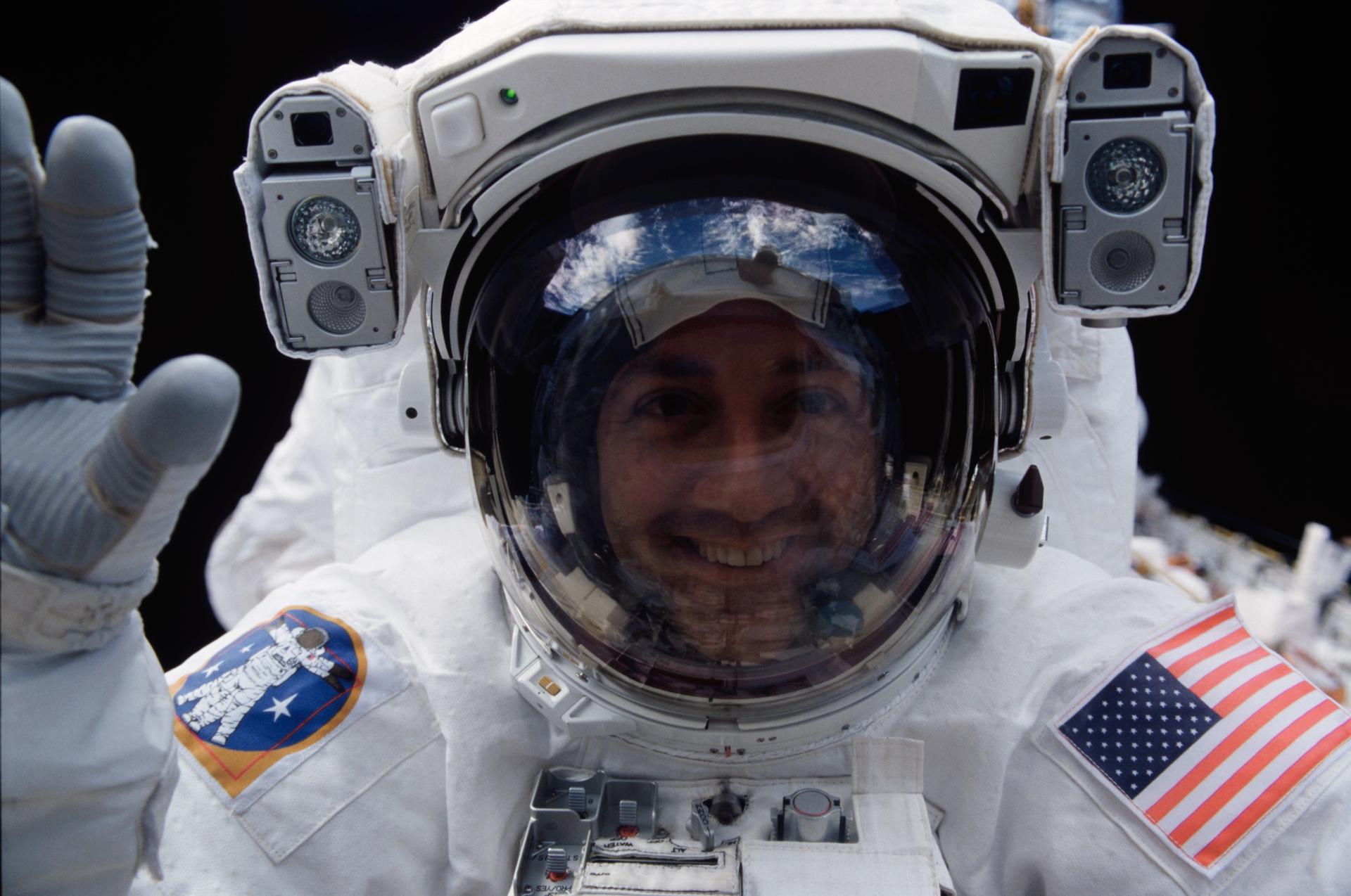
STS-109
Shuttle News
Retired Space Shuttle Locations
Shuttle Atlantis – Kennedy Space Center Visitor Complex Shuttle Discovery – Steven F. Udvar-Hazy Center Shuttle Endeavour – California Science…
Read the Story

